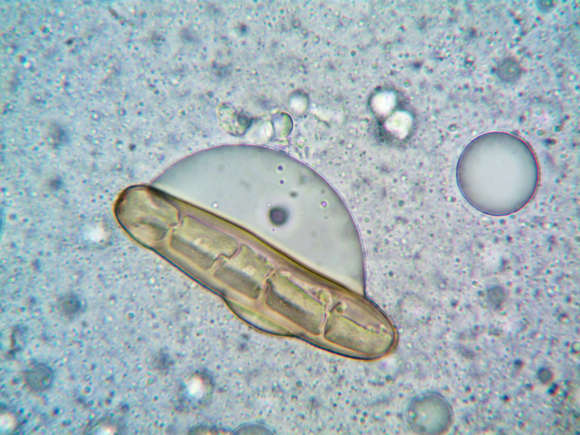3.204 - AMICOR (eventos desde a última edição me atrazaram e posso estender por solicitação alguns dos temas enunciados, se houver interesse...)
# Leia e Luiza aos 15 anos
Léa Pisani Robinson (*27/06/1911, Caxias do Sul e+25/05/1990) Mãe da Valderês.Luiza Cechella Achutti (*15/02/1911, Santa Maria e+ 05/12/1999), nossa mãe
Como o mês de junho corresponde a duas datas da primeira, e pela coincidência de idade e aparência das duas lindas meninas, como seus filhos Valderês e Aloyzio casaram em 01/07/1957, resolvi compartilhar com nossos amigos algumas memórias fotográficas que andei separando a propósito. Nosso filho Luiz Eduardo, professor de Fotografia da UFRGS já postou essas fotos no FaceBoock
# Rataplan do Arrebol, Escoteiros vede a Luz!...(1950)

# Da Academia Sul-Riograndense de Medicina
# Do Giovani Benvenutti:
"Que Quantos Años tengo?" - JOSE SARAMAGO The Profound Implications for Humanity
©The Profound Implications for Humanity (image credits: flickr)
These discoveries force us to rethink our place in the universe. If organic molecules are everywhere, maybe life is too. The line between “out there” and “down here” gets blurrier with every new sample. We are, quite literally, made of stardust—connected to the cosmos in ways both poetic and scientific. The search for life’s origins is a journey that starts with a grain of cosmic dust and ends with the biggest questions we can ask: Are we alone? What else is possible?
|
|
|
|
When Did Nature Burst Into Vivid Color?By MOLLY HERRING Scientists reconstructed 500 million years of evolutionary history to reveal which came first: colorful signals or the color vision needed to see them.
Read the article |
|
 | A New Pyramid-Like Shape Always Lands the Same Side UpBy ELISE CUTTS A tetrahedron is the simplest Platonic solid. Mathematicians have now made one that’s stable only on one side, confirming a decades-old conjecture.”
Read the article |
 | Matter vs. Force: Why There Are Exactly Two Types of ParticlesBy MATT VON HIPPEL Every elementary particle falls into one of two categories. Bosons account for the forces that move us. Fermions keep our atoms from collapsing.
Read the article |
|
How Does Graph Theory Shape Our World?Podcast hosted by JANNA LEVIN
and STEVEN STROGATZ Maria Chudnovsky reflects on her journey in graph theory, her groundbreaking solution to the long-standing perfect graph problem, and the unexpected ways this abstract field intersects with everyday life.
Listen (Apple) | Listen (Spotify)
Read the transcript |
|
|
The Mysterious Math of TurbulencePodcast hosted by SAMIR PATEL Turbulence is a notoriously difficult phenomenon to study. Mathematicians are now starting to untangle it at its smallest scales. In this episode, math staff writer Joseph Howlett discusses his recent reporting on a phenomenon called "superdiffusion."
Listen (Apple) | Listen (Spotify)
Read the story |
|
|
|
|
|
|
|
Physicists Start To Pin Down How Stars Forge Heavy AtomsBy JENNA AHART The precursors of heavy elements might arise in the plasma underbellies of swollen stars or in smoldering stellar corpses. They definitely exist in East Lansing, Michigan.
Read the article |
|
 | How Smell Guides Our Inner WorldBy YASEMIN SAPLAKOGLU A better understanding of human smell is emerging as scientists interrogate its fundamental elements: the odor molecules that enter your nose and the individual neurons that translate them into perception in your brain.
Read the article |
 | Researchers Uncover Hidden Ingredients Behind AI CreativityBy WEBB WRIGHT Image generators are designed to mimic their training data, so where does their apparent creativity come from? A recent study suggests that it’s an inevitable by-product of their architecture.
Read the article |
|
With Fifth Busy Beaver, Researchers Approach Computation’s LimitsPodcast hosted by SAMIR PATEL
With BEN BRUBAKER Dam! A question about computation that can be asked at infinitely many tiers of complexity turned out to be dizzyingly difficult at just level five. We finally have an answer.
Listen (Apple) | Listen (Spotify)
Read the story |
|
|
|

https://www.facebook.com/share/p/1Bj9Amv7tB/

















No comments:
Post a Comment